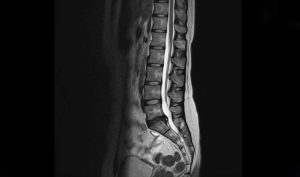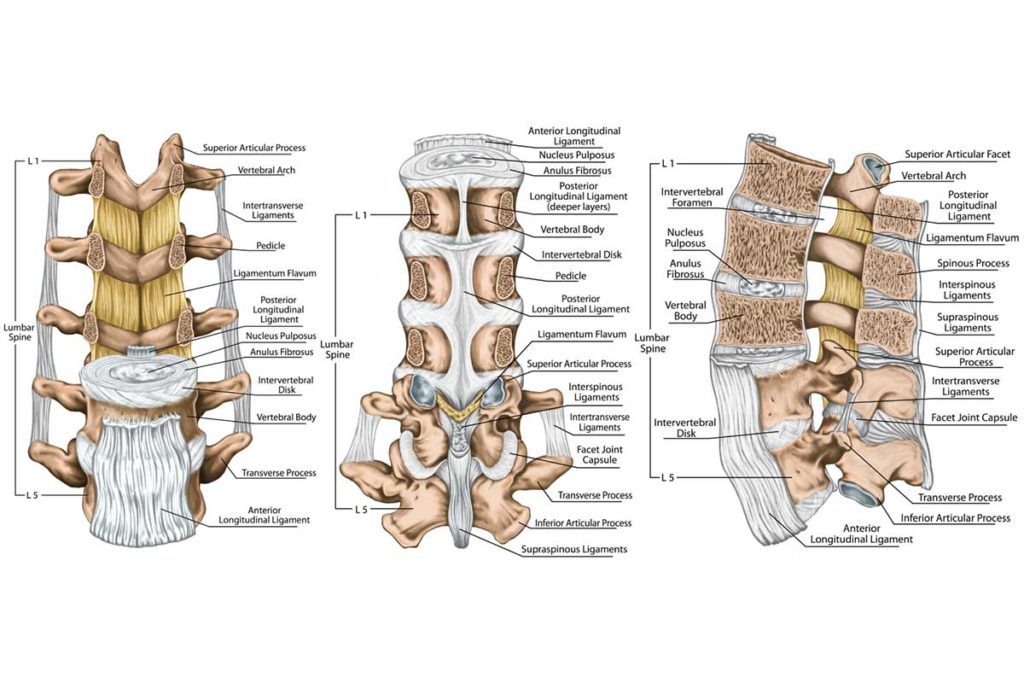
Facet Joint-related Back Pain
Typical Symptoms
Facet joints can cause localised pain with extension of the back or on pressing a specific spot in the lower back. It can also lead to more generalised pain due that spreads along the back and if the exiting nerve is also irritated, there can be pain that travels down into the leg.
Often, externally there may not be any significant changes other than muscle tightness. There can also be pain with sitting upright and often bending forward slightly can feel more comfortable.

What causes it?
Facet joint pain is usually a degenerative (wear and tear) or inflammatory (swelling) of the joints in the back, often due to a trauma or excessive loading. There can be specific joint involvement with or without nerve irritation, due to the proximity of the nerve to the joints, and often muscle spasm can cause more generalised pain.
How can I help myself?
Back pain can be incredibly frustrating but it is important to be optimistic as for the majority it can be improved. It is important to consider activities that might be contributing to the symptoms and try to identify ways of modifying these to offload the joints.
If the pain is quite severe, using topical heat rubs, anti-inflammatories patches and oral analgesia can help with the pain and also exercise is very important; this not only helps strengthen the back but also to limits weight gain. Acupuncture can be beneficial in acute episodes to settle pain and muscle tightness symptoms.
When to seek help?
If symptoms are progressive, limiting your function, impacting on your daily activities (work or hobbies) or have not settled despite conservative measures, then it is important to get this assessed.
What are the treatment options?
Your clinician will usually perform a clinical assessment with a thorough history and examination to try and identify where the pain is localising to. They may arrange X-rays, to look for degenerative changes in the spine, or an MRI scan, to look for any discogenic or nerve injury, and therefore support their clinical findings.
For most patients, they will arrange physiotherapy or acupuncture, but if symptoms are quite severe, clinicians may offer ultrasound guided facet-joint injections to quickly settle pain symptoms. In doing so, it enables rehabilitation to be undertaken.
In situations where pain is ongoing, a surgical intervention may be required.
Related treatments
Related Conditions
